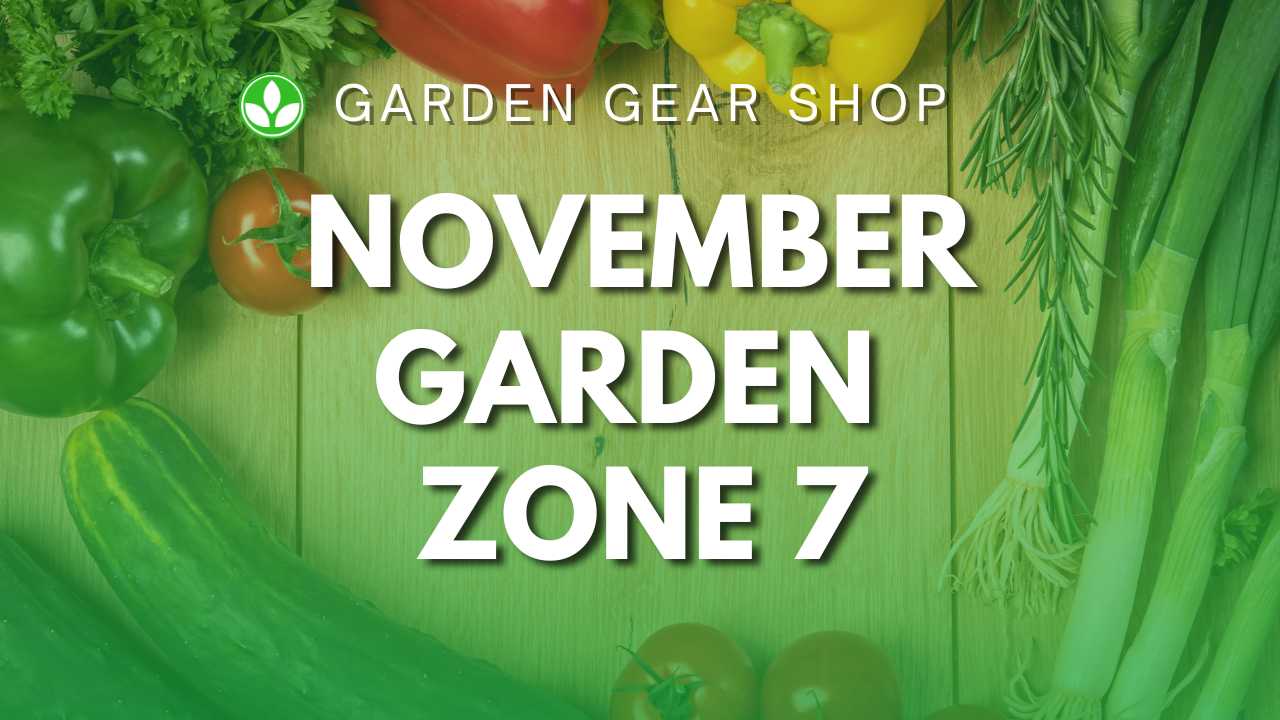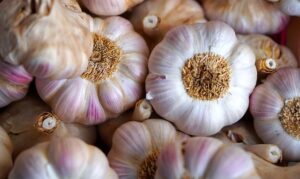November in Zone 7 marks a significant shift in the gardening calendar. The vibrant hues of autumn are fading, temperatures are dropping, and the promise of winter looms.
However, this doesn’t signal the end of gardening activity; instead, it presents a unique set of opportunities for the dedicated gardener. November in Zone 7 requires a shift in focus, moving from active growth to preparation and protection, ensuring a bountiful harvest next spring.
This in-depth guide will explore the crucial tasks and considerations for successful November gardening in Zone 7.
I. Protecting Your Existing Plants: A Zone 7 November Imperative
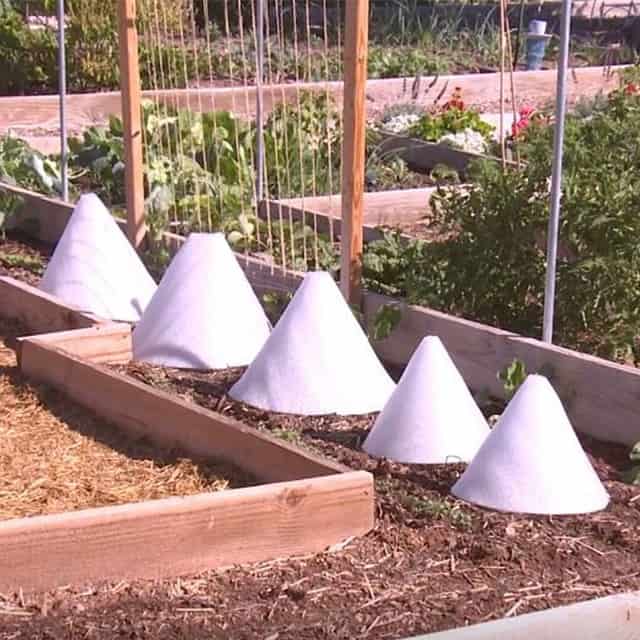
November’s chill in Zone 7 necessitates proactive measures to safeguard your established plants. The key here is not just survival, but ensuring they enter dormancy healthy and ready to thrive in the spring. For tender perennials, consider the use of cold frames or row covers.
These simple structures create a microclimate, buffering your plants from the harshest elements and extending their growing season slightly. Remember, even a few degrees of extra warmth can make a significant difference. Don’t forget to check these covers regularly, especially after snowfall, to prevent the buildup of moisture which can lead to rot.
For shrubs and trees, a layer of mulch around their base provides crucial insulation. This mulch acts as a thermal blanket, preventing soil from freezing too deeply and protecting their root systems. Choose organic materials like shredded leaves, wood chips, or straw, applying a layer of 2-4 inches.
Avoid piling mulch directly against the trunks, as this can encourage fungal growth and pests. This protective measure is especially crucial for newly planted specimens in November, giving them a head start for the following growing season in Zone 7. Think of it as giving your plants a cozy winter blanket tailored to the specific needs of November gardening in this zone.
Furthermore, consider the impact of wind. Strong winds can desiccate plants, exacerbating the effects of cold temperatures. Windbreaks, such as strategically placed evergreens or even temporary barriers made of burlap, can significantly mitigate wind damage, allowing your plants to weather the November storms more effectively. This preventative measure is often overlooked but plays a significant role in ensuring your plants survive the winter months in Zone 7.
II. Harvesting and Preserving the November Bounty: A Zone 7 Harvest Celebration

While many plants have finished their active growing season, November in Zone 7 can still offer a rewarding harvest. Root vegetables like carrots, parsnips, and beets, often sweeter after a frost, are prime for harvesting. Leafy greens like kale and spinach can also withstand light frosts, providing a last burst of fresh produce. Remember to harvest these vegetables before a hard freeze to prevent damage.
Preservation is key to enjoying your November harvest throughout the winter. Root vegetables can be stored in cool, dark, and well-ventilated areas, such as a root cellar or the crisper drawer of your refrigerator.
Freezing is another effective preservation method for many vegetables.
Blanching vegetables before freezing helps retain their color, texture, and nutrients.
Pickling, canning, and fermenting are additional techniques that extend the life of your November harvest, allowing you to enjoy the fruits (and vegetables) of your labor well into the new year.
This is a crucial aspect of November gardening in Zone 7, transforming the harvest into a resource that extends beyond the immediate season.
III. Preparing the Soil for Spring: The Foundation of Zone 7 Gardening
November is an ideal time to prepare your soil for the upcoming spring planting season. The cooler temperatures make working the soil less strenuous, and the soil is usually moist enough for easy manipulation.
Amend your soil with organic matter, such as compost or well-rotted manure. This improves soil structure, drainage, and fertility, laying the groundwork for healthy plant growth in the spring. Incorporating compost not only enriches the soil but also helps retain moisture, which is crucial, especially during dry spells in the spring.
Consider soil testing to determine its pH and nutrient levels. This allows for targeted amendments, ensuring your soil is optimally balanced for the plants you intend to grow. This proactive approach is essential for successful spring planting, maximizing the potential of your garden in Zone 7.
Remember, the investment of time in November soil preparation pays off exponentially in the spring, ensuring a strong foundation for your garden’s success. This is arguably one of the most impactful tasks for November gardening in Zone 7.
IV. Planning for Spring Planting: Seeds of Success in Zone 7
November’s quiet in the garden offers a perfect opportunity for planning your spring garden. Review your past successes and failures, noting which plants thrived and which struggled. This self-reflection is crucial for improving your gardening strategy.
Browse seed catalogs and online resources, researching new varieties that might suit your Zone 7 climate and your personal preferences. Making a detailed planting plan, including plant spacing and succession planting, ensures efficient use of your garden space and maximizes your yield. This proactive approach is essential for a successful spring garden in Zone 7.
Start seeds indoors for plants that require a longer growing season, such as tomatoes, peppers, and eggplant. Providing these plants with a head start ensures they are robust and ready to be transplanted outdoors when the weather permits.
Ensure you have the necessary supplies, such as seed starting mix, pots, and grow lights, readily available. This early preparation is a cornerstone of successful spring gardening in Zone 7, allowing you to bypass the limitations imposed by the shorter growing season. This meticulous planning, undertaken in the relative calm of November, sets the stage for a bountiful spring harvest.
V. Dealing with Pests and Diseases: A Proactive Approach for Zone 7
November offers a window to address potential pest and disease problems before they become major issues in the spring. Clean up fallen leaves and garden debris, removing potential hiding places for overwintering pests and diseases.
Proper disposal is crucial; burning (where permitted) or composting at high temperatures effectively eliminates many pathogens. This preventative measure is a key element of successful November gardening in Zone 7, minimizing the risk of infestations in the coming year.
Inspect your stored plants and tools for signs of pests or diseases. Address any issues promptly to prevent them from spreading. Pruning out diseased branches on shrubs and trees helps prevent the spread of disease. This proactive approach is far more effective than reactive measures taken in the heat of the growing season. By addressing potential problems in November, you are setting the stage for a healthier and more productive garden in Zone 7. This is a crucial aspect often overlooked, but crucial for the long-term health of your garden.
VI. Water Management in November: Preparing for Winter’s Arrival in Zone 7
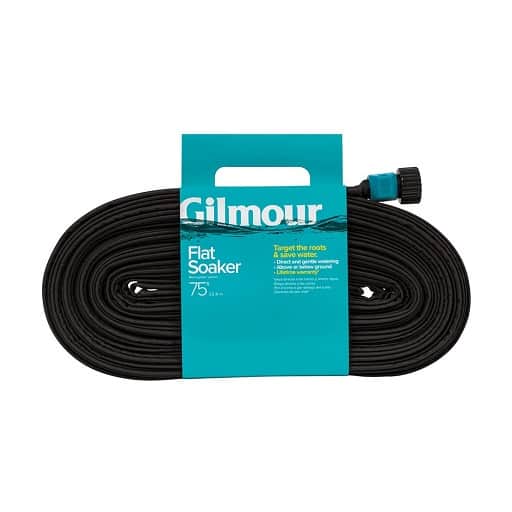
While watering needs decrease significantly in November, it’s important to ensure your plants have adequate moisture, especially newly planted trees and shrubs. Deep watering before the ground freezes helps establish their root systems and improves their chances of survival during the winter months. However, avoid overwatering, as soggy soil can lead to root rot. This careful balance is crucial for successful November gardening in Zone 7, striking a balance between sufficient hydration and preventing waterlogged conditions.
Consider installing or repairing irrigation systems in November, taking advantage of the cooler temperatures and less demanding schedule. This preventative maintenance ensures your irrigation system is ready for the spring planting season. This proactive approach minimizes potential problems during the busy spring planting period, ensuring your plants receive the water they need when they need it. Proper water management in November is a crucial, often underestimated, aspect of successful Zone 7 gardening.
VII. Enjoying the November Garden: Finding Beauty in the Transition
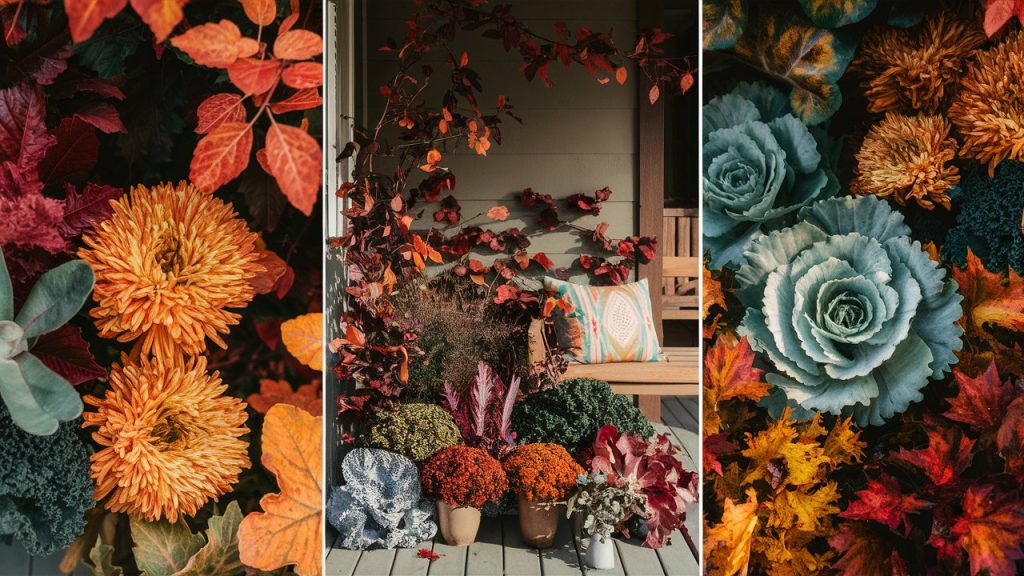
While the focus of November gardening in Zone 7 is often on preparation and protection, remember to enjoy the beauty of the season. The vibrant fall colors of deciduous trees and shrubs provide a stunning backdrop for the garden. Observe the changes in nature, appreciating the quiet beauty of the dormant garden.
Consider adding winter interest to your garden with ornamental grasses, evergreens, and winter-blooming plants. This adds a layer of visual appeal to the garden, making it an enjoyable space throughout the winter months. This is a crucial aspect of gardening, reminding us that the garden is not just a productive space but also a source of beauty and tranquility. Embrace the transitional beauty of November in your Zone 7 garden.
In conclusion, November gardening in Zone 7 is not about inactivity but about strategic preparation and preservation. By following these guidelines, you can ensure your garden thrives through the winter months and bursts forth with renewed vigor in the spring.
Remember that each task, from protecting existing plants to planning for spring planting, contributes to the overall success of your garden. Embrace the unique challenges and opportunities of November gardening in Zone 7, and reap the rewards of a healthy and productive garden next year.


